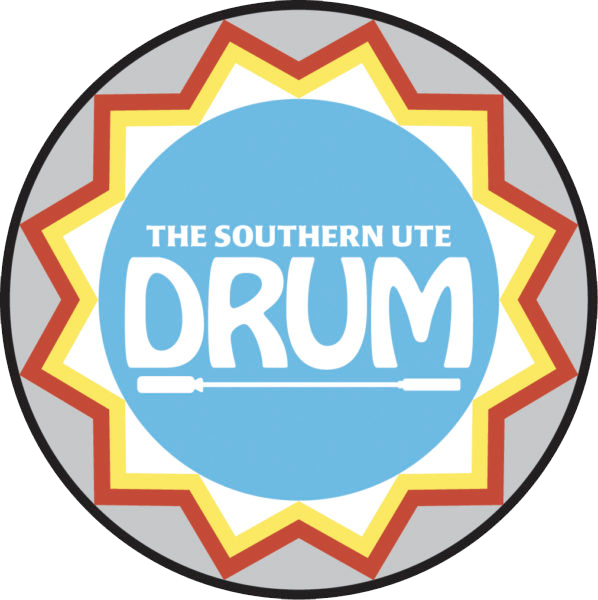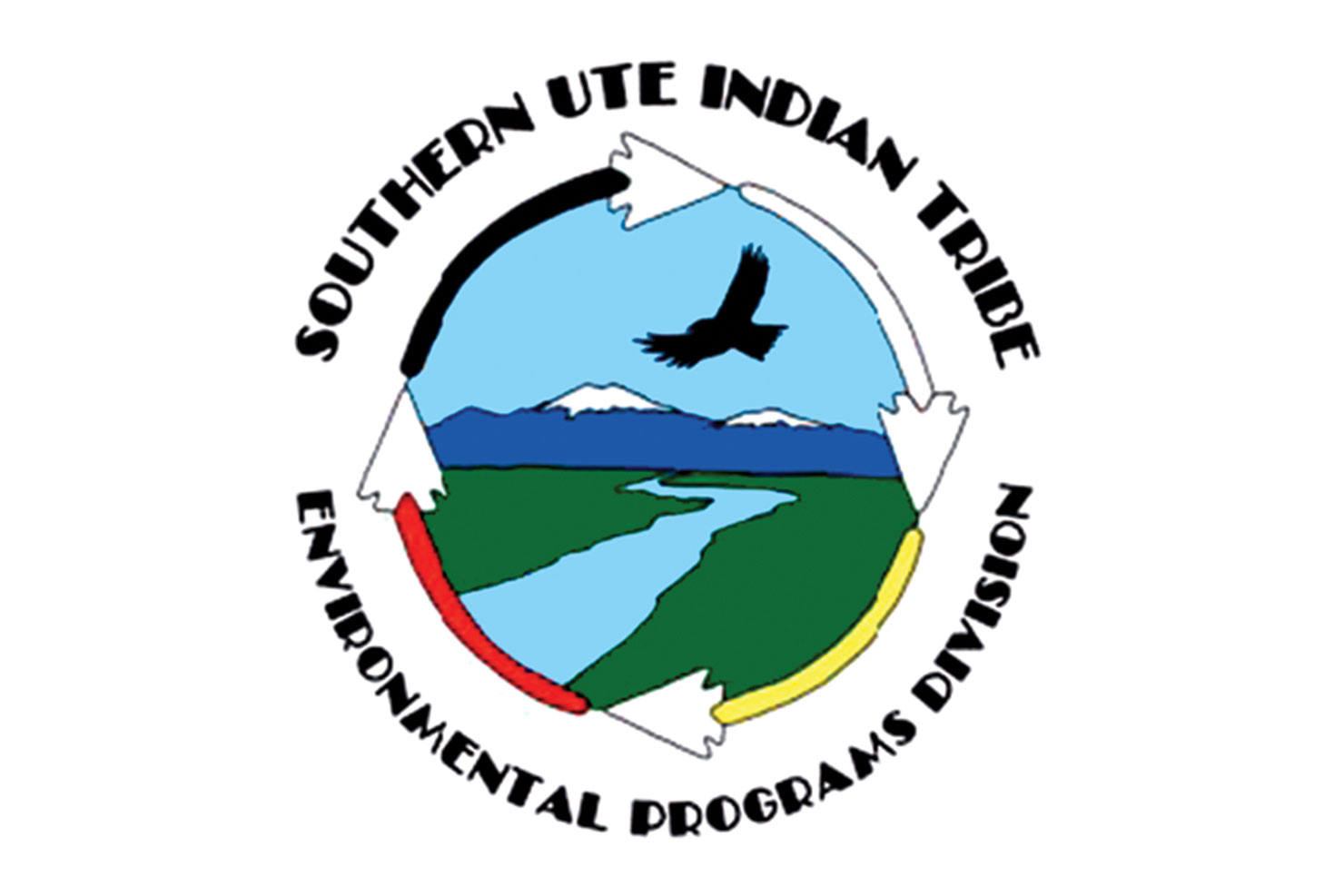The Environmental Protection Agency Region 8 met with the tribe to discuss the plan for the Bonita Peak Mining District proposed National Priority List Site (NPL), Wednesday, July 27. Several federal agencies are participating in the NPL process, including the Bureau of Land Management and the US Forest Service.
The EPA is looking to the Ute tribes for help with pointing out cultural resources in the area of the mine sites, as well as helping with the human health risk assessment.
As part of the superfund process, the EPA has to go through NEPA (National Environment Policy Act) for each of the 48 sites identified in the Bonita Mining District, Tom Johnson Environmental Programs Division Head said.
The EPA has to go in and identify the cultural resources within certain boundaries around the sites to see if there are any artifacts or old encampments, Thompson said. Often times an archaeologist surveys the area to determine where old historical sites are located in the area.
In this case, since the Ute tribes have a history in the area, the archaeologist wants to work with the Ute tribes to identify any potential historical Ute sites. The EPA is hoping the Ute tribes will be able to help identify locations that may be of cultural importance to the Ute people. Such sites may include trails or gathering sites.
NAGPRA reps Alden and Cassandra Naranjo were at the meeting to provide cultural guidance to the group.
Alden, asked that the Ute Mountain Ute Tribe be involved in tours and meetings to help determine what sites may be of cultural importance.
In additional to identifying culturally important sites, the EPA is also conducting a human health risk assessment.
Toxicologist and Human Health Risk Assessor, Susan Griffin said the EPA would be working on a study to determine the possible effects the mine sites have on human health. Which may be of concern to the Ute tribes since some plants, and possibly food sources, may be located in the proposed Bonita Peak Mining area.
“In the case of tribal resources the EPA wants to look at the plants in the area and see if they have been up taking metals,” Johnson said. “So that if the membership are gathering plants, fruit or berries from those areas they want to collect those and sample them to see if they have been impacted by the metals from the sites.”
For example, if there are willows in the area. Cassandra Naranjo spoke to the group about how the willows are used for making cradleboards. The assessment would help determine if the willows are up taking metals and if how people were using the willows would be harmful to their health.
“It would be helpful if any of the membership use plants or fish in certain areas … it would be helpful for the risk assessors to know where those areas are … then they can use that to help asses the risk to human health,” Johnson said.

